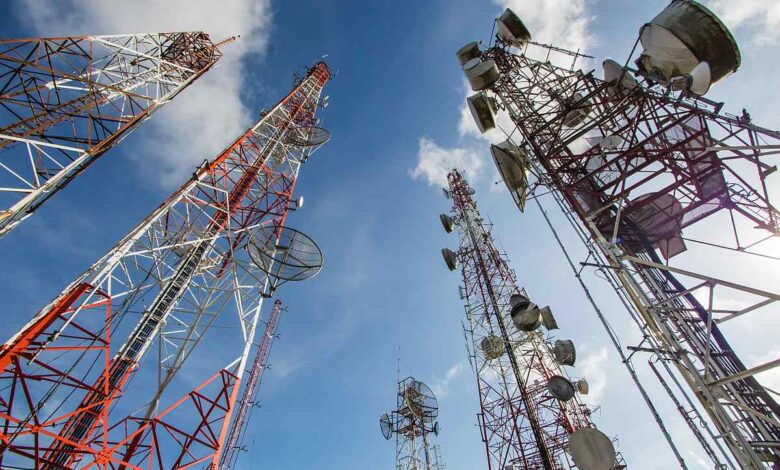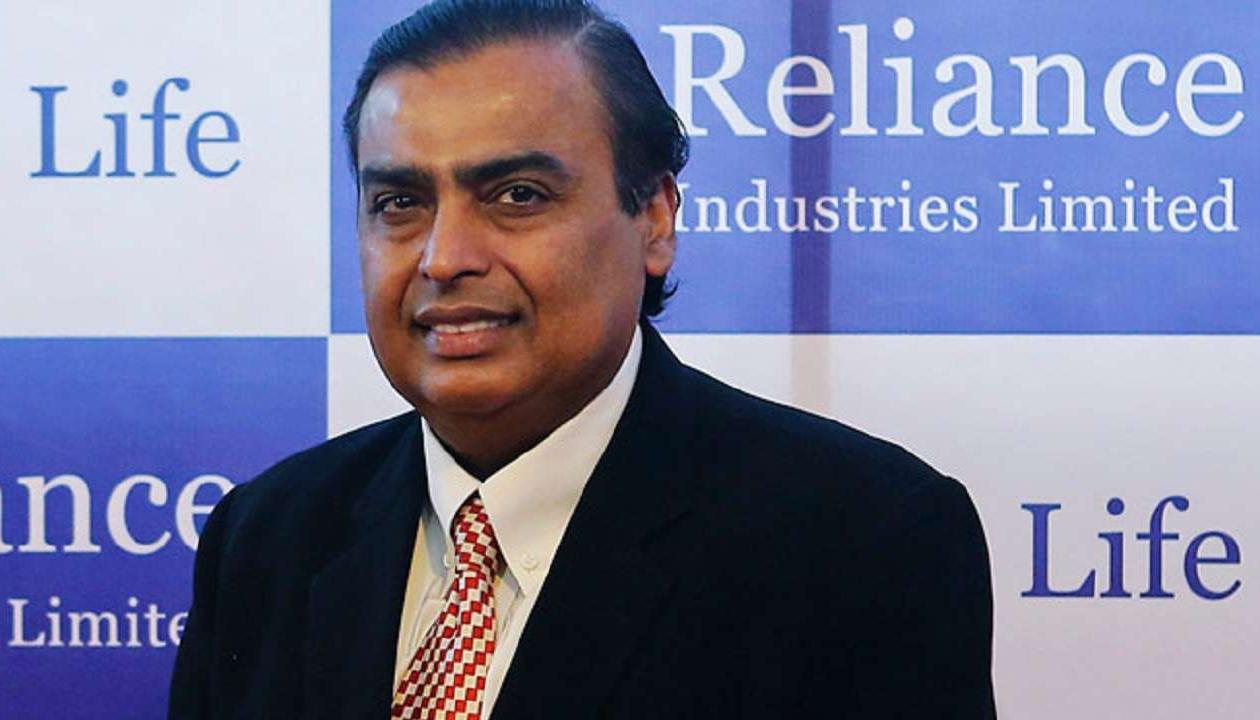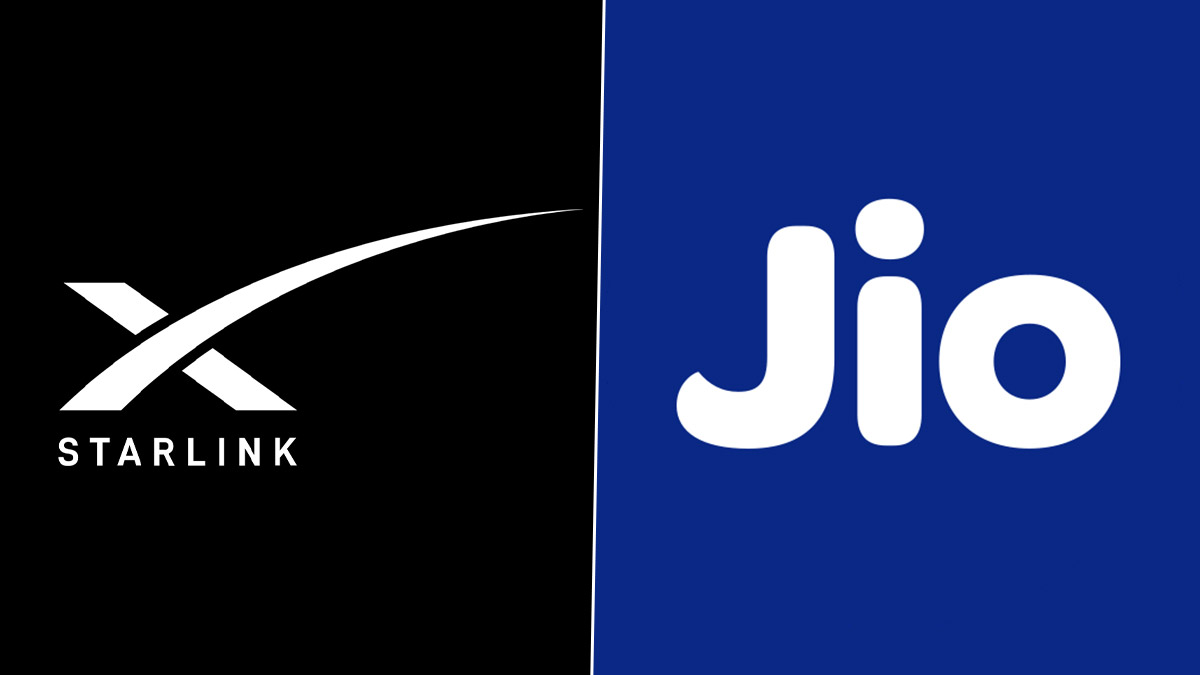Musk And Trump Together! Will Ambani Survive This Duo?
Elon Musk and Ambani are in a rat race over the spectrum allocation policy. While Ambani has been the government's favourite for a long time, Musk is backed by Trump now. The result of this race would be a defining moment for India at a global level.

At the heart of this new competition lies India’s spectrum allocation policy, that would henceforth shape the future of satellite broadband. Over time, the Indian government has changed its approach to distributing the spectrum, almost entirely reversing from a strictly auctions-based model to an administrative allocation framework. This may have a great deal of impact on how satellite internet services, including services such as Elon Musk’s Starlink, obtain access to airwaves for these services.
Mukesh Ambani’s flagship firm, Reliance Industries, has been the benchmark in the Indian telecommunications market. The telecom arm of the company, Reliance Jio, had revolutionized the mobile broadband market in India with cheap data plans and providing digital connectivity to millions of Indians. That supremacy is under unprecedented threat today, as stakes in India’s digital economy soar.
Affronted with multinational technology behemoths, such as Elon Musk’s Starlink and Jeff Bezos’s Amazon, combined with a potential shift in America’s policy that would favor domestic companies, Ambani has an uphill battle in retaining domination over India’s burgeoning digital landscape.

The new policy would also aid in an administrative model of satcom frequency allocation as companies like SpaceX, which are coming to deploy low-orbit satellites for global broadband coverage, need that high-sought-after satellite frequency very badly.
For Reliance Jio, however, the policy shift has grave implications. It has seriously invested in acquiring spectrum for its expanding 4G and soon-to-be-launched 5G services. So far, Reliance has sunk about $19 billion of its money into airwave auctions and stands as one of the largest investors in India’s telecom infrastructure.
Anything that sets back the auction model might put the company’s investments at risk since its competitors will then be granted access to spectrum through administrative procedures, perhaps at a cheaper price.
Reliance’s Opposition
The report’s recommendation on change in administration of spectrum allocation has provoked Reliance which has taken a militant campaign against the shift. Reliance’s policy executive, Ravi Gandhi, has been quite vocal in opposition to the change, saying that it is “discriminatory” and runs down the justly fair paradigm of distribution. Instead, the company sought continuation of the competitive auction model believing that it gives a more level-playing field for providing scarce resources of the country’s spectrum.

For Ambani, the stakes are particularly high. In case Musk’s Starlink enters the Indian market, the threat it poses to Reliance Jio’s broadband services is a very serious challenge. Starlink is making high-speed internet available to poor and rural areas using a network of low-orbit satellites, which can change the internet access paradigm in India. Aggressive price models, of course, especially with Starlink costing $10 per month to users in countries like Kenya – and more so considering the fact that traditional broadband providers like Reliance are usually priced at many times that amount for data services.
The prospective competition from Starlink, particularly with regard to the offer of broadband to millions of nonserved under rural users-many of whom will not be connected to traditional wired broadband networks-resulting in an erosion of Reliance’s market share in India’s mass and growing internet market-upon such competition. Hence, its opposition to this policy change represents a strategic play to protect its position.
The Trump Card
The spectrum allocation debate gets more convoluted considering the current politics of globalization and as Donald Trump is returning to the White House. During his first term, Trump’s administration-supported businesses with a deregulation thrust and policies that pushed US-based multinationals. In the event of a second term for Trump, U.S. companies, and specifically those companies like Elon Musk’s SpaceX with international ambitions, may see an improvement in diplomatic support and could, therefore, indirectly affect policies Indian regulators choose to focus on in terms of spectrum allocation.
Elon Musk was not quiet about the re-election of Donald Trump, throwing in more than $130 million to the campaign. Musk’s friendship with Trump is already a strategic advantage in his business, particularly Starlink satellite internet, that has been eyeing market expansion to India.
What is interesting is that Trump publicly avowed for Musk as “a star,” referring to him hint that if the former again becomes president, U.S. businesses, with SpaceX as the first in line, could get an in at the White House from which to persuade the government of India to accommodate it. For Ambani, this development adds another layer of complexity in an already stiffly competitive environment.
If Trump is to coerce the Indian government into implementing policies beneficial to U.S. firms, then that will expedite Starlink’s entry into the market and would put Musk’s satellite internet service ahead of others in India, such as Reliance Jio, instantaneously. Other U.S. tech giants like Amazon, which has shown considerable interest in increasing its footprint in India as well, will breathe easy with a pro-business administration like Trump.
The Multi-Faceted Defense Of Ambani
In response to these increasing competitive pressures, Ambani has adopted a multi-faceted defense strategy that goes beyond traditionalist lobbying. Reliance continues to push the spectrum auction model, yet the company has been making significant investments in emerging technologies in order to diversify its business and keep at the top in India’s burgeoning digital economy. For instance, by partnering with NVIDIA, the global leader in hardware and software for AI, it has accelerated the development of AI infrastructure in India.
Reliance, in partnership with NVIDIA, would be betting on its future to become a major player in India’s AI revolution and capitalizing on rapidly growing demand for solutions in this space across healthcare, finance, and industrial automation. “As Reliance invests in AI, it is expanding its portfolio beyond pure plays like communication services,” and this is part of the government’s vision for India to take pride of place among global leaders in digital technologies.
Reliance’s Jio platform has spearheaded digital retailing with the expansion of JioMart, the company’s e-commerce arm. This directly puts it into competition with Amazon, which already has a huge presence in India. Ambani will attempt to create a full-fledged digital retail ecosystem to be as aggressive as it is in telecom in the area of e-commerce, one of the most important pillars of India’s digital future.
The Starlink Challenge
Starlink is the biggest near-term competition to Reliance’s telecom business, and the latter is launching satellite-based internet services across India-from rural and remote areas where traditional broadband infrastructure is not readily available. Starlink will bring fast internet at a price much lower than the tariff for conventional broadband services by deploying a low-orbit satellite constellation.

While in markets like Kenya, Starlink has illustrated how it is looking to disrupt existing internet providers with a very aggressive price model; they already have begun to take price for satellite internet as low as $10 a month. If Starlink is to deliver this experience or has a similar price point, it might prod Reliance and other smaller local broadband operators to re-think their pricing strategy, particularly in rural areas, where affordability is the main challenge to pen greater penetration of the internet.
The low-cost model coupled with the potential support from policies of the Trump government in the U.S. puts Starlink as a more potent competitor to Reliance. The new competitive dynamics therefore challenge Ambani to shift the business strategies of his company and figure out how to maintain market dominance against such a disrupting force.
Global Politics And India’s Telecom Future
The larger geopolitical considerations are an added layer of complexity for India’s telecom policy. While having over 900 million telecom users, the internet penetration in India is just 52.4% as of early 2024, providing enormous scope for growth. The challenge here is to balance the interest of domestic telecom giants such as Reliance with the growing influence of foreign players like Starlink, Amazon, and so on.
The future of the telecom sector largely depends on India’s spectrum allocation policy. An administrative allocation model by the Indian government will ensure an easier route for Starlink to gain access to its spectrum resource, with which it can offer satellite internet services and would gain a competitive advantage against competitors like Reliance, which remains dependent on auctions for accessing its required spectrum resources.
It is very much of now when Reliance looks for auctions with the government, continues building on innovating in AI and digital retail, and catches up in a fast-changing competitive landscape to stay atop. But with world class international players are already sitting on the pedestal, with perhaps a pro-business U.S. government supporting them, Reliance would need to learn how to adapt quickly to any market shift.
The Fight For India’s Digital Future
With Mukesh Ambani and Reliance Industries facing stiff competition at home, and superpower international competitors like Elon Musk’s SpaceX, the battle for India’s future is only going to heat up. The relative outcome of the spectrum debate will go on to shape India’s telecom and broadband futures. While providing underpinning through defensive strategy of technological innovation as well as lobbying of regulation support, Reliance has to grapple with mounting importance of U.S. tech majors and an increasingly transformational global political landscape.
The next few months will be a crucuial defining period for Reliance as the Indian government puts its spectrum allocation policy in place. This decision in Delhi will define not only the competitive landscape for telecom services in India, but it will also send a strong signal as to the future direction of the country’s broader digital transformation. The battle for India’s digital supremacy has just begun and will be determined not by the corporate strategies alone but by complex interplay of local and global forces that appear both sinister and utterly helpless.




